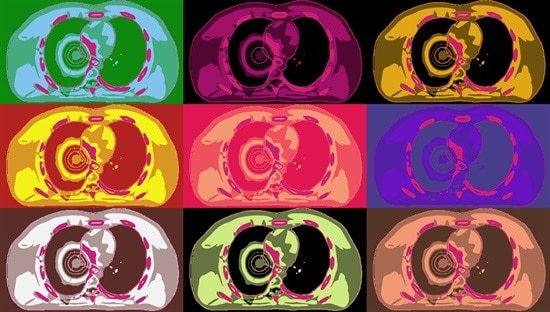
While radiotherapy technologies continue to evolve and progress, tumour motion and anatomic variations remain challenging for optimizing the conformality of radiation delivery. Adaptive procedures, where patient plans are redesigned online or offline, and real-time strategies such as intra-fraction motion compensation offer the potential to reduce dose to organs-at-risk and increase dose in the target.
But how widespread is the implementation of such adaptive and real-time strategies? That’s the question being investigated by the POP-ART RT (pattern of practice for adaptive and real time radiation therapy) study. Established by participants of the “Realtime and adaptive management of anatomical variations” track at last year’s 2nd ESTRO physics workshop, the study is based on an online survey for all institutions that perform radiation therapy to complete.
The study has two aims. First, to determine to what extent, and in what way, adaptive and real-time radiotherapy are being used in clinical practice. Second, and more importantly, the researchers hope to understand the barriers to implementation or increased use.
The survey contains questions on the current use of gating or tracking for respiratory motion management and for adaptive radiotherapy using multiple treatment plans to manage inter-fraction motion. It also includes questions regarding plans for further or new implementation of real-time and adaptive motion management techniques, and asks about the challenges preventing wider use.
The research team are keen for as many institutions as possible to participate in the survey, including those that are not currently performing any type of adaptive or real-time radiotherapy. They point out that for such institutions, the survey will only take five minutes to complete.
The researchers plan to disseminate the findings of their study through a scientific paper. “The results will enable us to identify the necessary action to be taken by vendors, users and society to implement adaptive and real-time radiation therapy more widely in clinical practice and to increase confidence in using this new technology,” they write.
- For more information, see the online POP-ART RT survey, or contact Gail Distefano or Jenny Bertholet.



